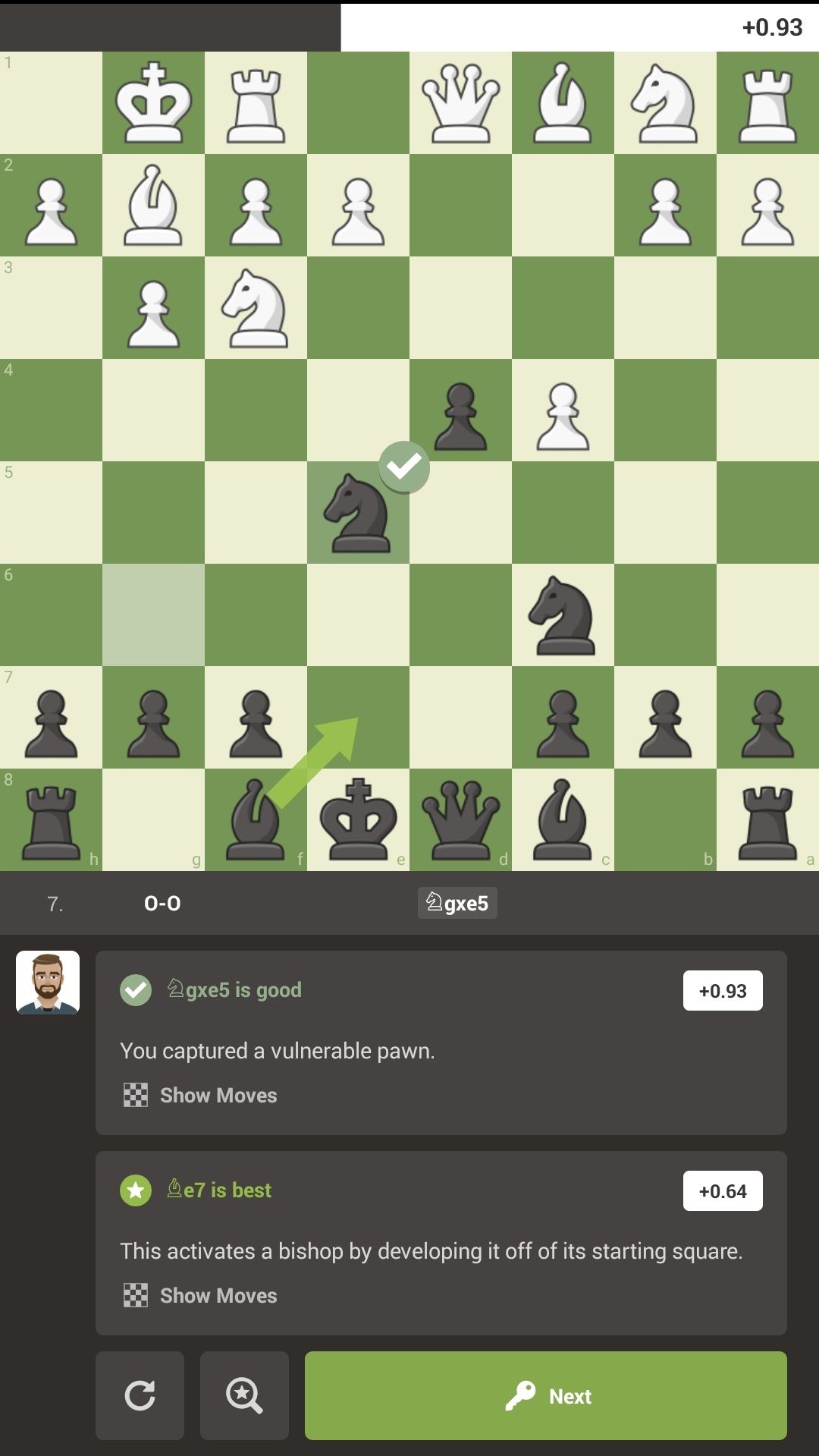The computer will update its thinking as it spends time on the analysis.
Anyone that knows how chess.com has their engines and compute resources configured isn't making public statements about it. So we can just make educated guesses.
In theory, if the engine reaches the same level of depth, two different analyses will be identical for that engine.
I gave up using the chess.com analysis for anything but a quick way of seeing the interesting points in a game. I use an engine running on my computer for more complete study. I'll often load a game before I go to bed, and set it to run at a fairly deep level, and when I wake up the next morning, it's ready. It's humbling to see what it thinks of my games vs what the chess.com quick analyses show. The longer the computer runs, the more I suck. ![]()



Why are the game reports so very varying? If I open a game report for the same game several times, I can get very different results every time. I’m guessing this is related to computing time or computing power somehow, but analysing the same game on the same device with the same settings gives a different result every time. And the differences are sometimes quite large.